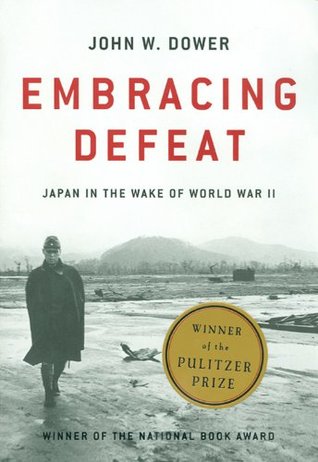More on this book
Community
Kindle Notes & Highlights
organizational rationalization, a sometimes brutal process commonly led by yakuza gumi—gangster gangs headed by godfather-type individuals.
The other side of greed and decadence was a brazen vitality.
kissing as an expression of liberation from the feudal constrictions of the past.
the rehabilitation of kissing”—and
the “rehabilitation of kissing”
osculation
“white” skin. The latter quality was a virtue in the old, traditional canons of personal attractiveness,
Being tall and amply bosomed were new criteria of feminine beauty.
Asakusa, one of Tokyo’s liveliest and earthiest “low city” amusement areas.
ecdysiast,
Apart perhaps from Hollywood and popular music, “America” often tended to signify little more than an amorphous alien army of occupation, vaguely present, that in and of itself was the ultimate symbol of Japan’s degradation.
Tanizaki Junichirō and Kawabata Yasunari, curbed by censorship during the war, reemerged as connoisseurs of sensuality.
bunkajin, or “men of culture,”
The classical poet K...
This highlight has been truncated due to consecutive passage length restrictions.
lubricious
three younger writers—Sakaguchi Ango, Tamura Taijirō, and Dazai Osamu—dramatically linked degeneracy and carnal behavior to authenticity and individuality.
Sakaguchi’s public persona was as turbulent and anarchistic as his preachments.
metier;
“The look of the nation since defeat is one of pure and simple decadence,” he declared—and in this lay the beginning of truth, of the return to a genuine humanity:
Although “healthy” and “wholesome” were treasured words of the wartime ideologues and censors, the world so described had in actuality been morbidly sick. In contrast, to be decadent and immoral was truthful, realistic—and supremely human.
no society not based on a genuine shutaisei—a true “subjectivity” or “autonomy” at the individual level—could hope to resist the indoctrinating power of the state.55
Tamura Taijirō,
extolling the truth and honesty of nikutai, or “flesh,” as opposed to the delusions of abstract “thought” or “ideas”
mawkish,
The critic Kawakami Tetsutarō savaged The Setting Sun as a novel by an effete author about effete characters that appealed to effete readers.
abindentity
Nakamura Mitsuo had these trends in mind when, at the end of occupation in 1952, he declared that nothing of originality or value had been written in Japan since the surrender.
The carnal body remained, for most people, a literary construct. Sensuality, on the other hand, did not.
Fūfu Seikatsu soon reached a monthly printing of over three hundred thousand copies. So sensational was its success that it is sometimes said to have marked the end of the “kasutori magazine”
undermined the old ideology. As would happen again and again in postdefeat Japan, words and phrases seemed to remain little changed, but what they signified altered dramatically.
sex was given tacit if not overt encouragement because, like sporting events and films, it was seen as an effective safety valve for a society beset by hunger and scarcity, confusion and despair.
just the bittersweet ambiance of life on the margins in a defeated land.71
Defeat jokes flourished as satire became a weapon for dispelling despair.
A cacophony of political rhetoric filled the air. Serious publishing flourished, promoting liberal and left-wing ideas as well as a broad range of translated works that left the old ideologues sputtering and gnashing their teeth.
A former manufacturer of machine guns redesigned its plant to turn out sewing machines.
bulletproof glass that came from former aircraft factories.
Former designers of fighter planes for Nakajima Aircraft (now renamed Fuji Industry) came up with the “Rabbit,” a motor scooter based on a U.S. military model and made from tail parts for the Ginga bomber.
the famous Gion geisha quarter in Kyoto).
since ancient times it was customary to play sound-association card games on the first day of the year. Known as iroha karuta, or “syllabary cards,”
mordant
There had been no tolerance of satire in Emperor Hirohito’s war-mobilized nation, and precious little place for frivolity.
In many recollections of these years, the moment when hope dawned can be dated exactly to October 11, 1945, the day on which an otherwise unmemorable film opened with a buoyant tune, Ringo no Uta—”The Apple Song”—that captured everyone’s fancy. The song began inanely:
Namiki Michiko,
Namiki’s sudden success made her a symbol of escape from hard times.
I seriously feared Japan would collapse if the situation continued where people forgot to even laugh and didn’t know what to do.
Hirakawa himself became a greatly respected celebrity.
a certain elasticity in wartime rhetoric and values made it possible to pursue such bright new hopes without feeling thoroughly disoriented.
The Japanese did not march off to war shouting “Long Live Militarism and Aggression!” They declared that they were fighting for peace and security, coexistence and co-prosperity, a bright future for their nation and all of Asia.


